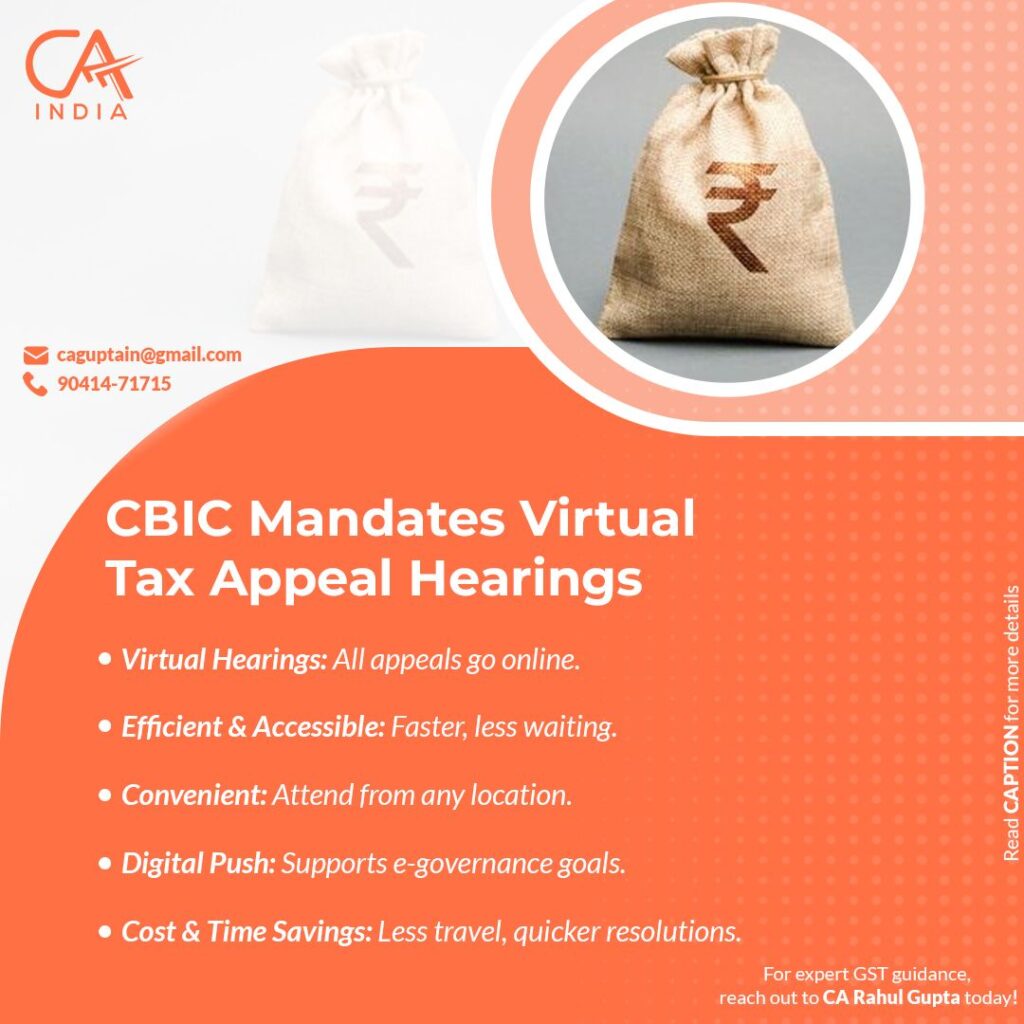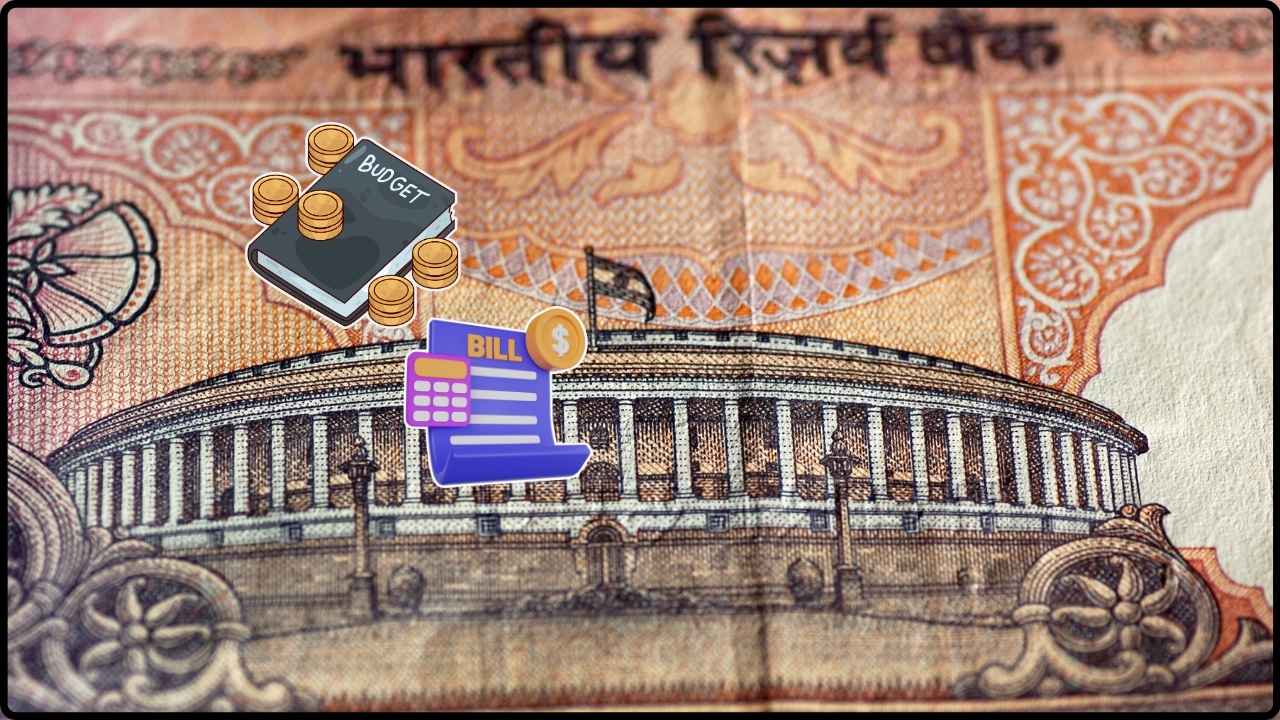Say Goodbye to In-Person GST Hearings: Starting August 1, 2025, a major change is coming to the way Goods and Services Tax (GST) hearings are conducted. Kerala’s State Goods and Services Tax (SGST) Department is introducing the ‘faceless adjudication’ system, marking the beginning of a new era in tax administration. This bold move is designed to streamline tax-related hearings, making them more efficient, transparent, and accessible to everyone. It’s a huge step toward a digital future in tax administration, eliminating the need for face-to-face meetings with tax officers.
With the rise of technology, in-person meetings for everything, from doctor appointments to job interviews, are becoming a thing of the past. Why should GST hearings be any different? The new system will not only save time but will also bring fairness to the process by eliminating biases and jurisdictional hurdles. Whether you’re a small business owner or a large corporation, the faceless adjudication system is designed to make your experience smoother and faster. But what exactly does this mean for taxpayers? How will it change the way GST hearings are conducted? Let’s dive into the details and see how this will impact you as a taxpayer or business owner.
Say Goodbye to In-Person GST Hearings
The faceless adjudication system is a major step forward in making GST hearings easier, faster, and more transparent. By eliminating in-person interactions, this system will save taxpayers time and money while ensuring fair treatment for all. With a digital-first approach, tax disputes will be resolved more efficiently, making life easier for business owners and taxpayers across Kerala.
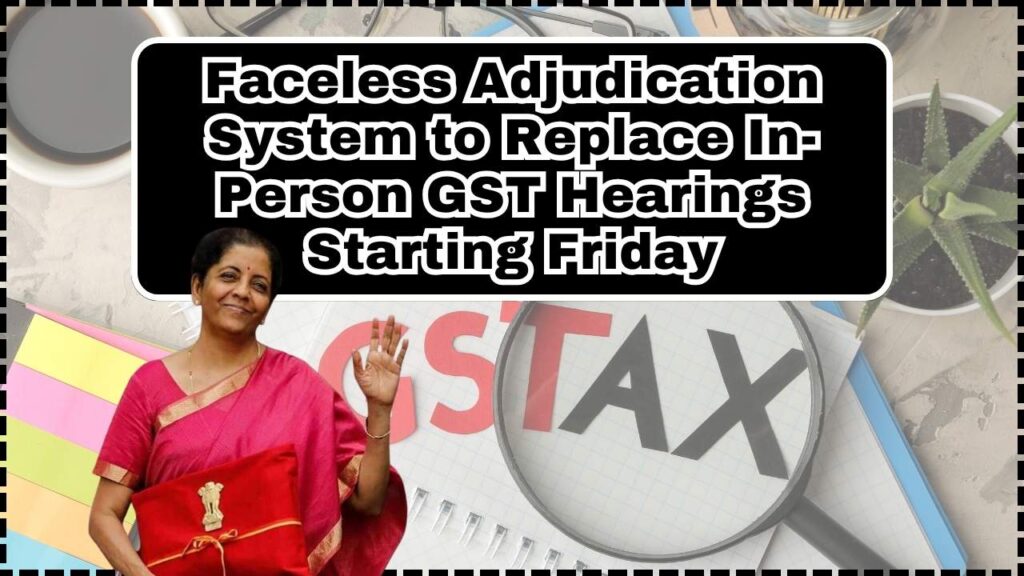
| Topic | Key Points |
|---|---|
| What is Faceless Adjudication? | A digital system for GST hearings where face-to-face interactions are replaced with online, virtual meetings. |
| Efficiency Boost | Reduces processing time and workload for adjudicating officers. |
| Random Allocation of Cases | Cases will be randomly assigned, ensuring unbiased judgment. |
| Virtual Hearings | Taxpayers can participate in hearings remotely from anywhere. |
| Official Website | For more details on the system: Kerala SGST Department |
What is Faceless Adjudication?
Faceless adjudication refers to a system where tax-related disputes or cases are handled digitally, without the need for in-person meetings between the taxpayer and tax officers. This system allows for greater transparency, efficiency, and fairness, as all interactions and submissions will occur online, and cases will be assigned to officers based on a random allocation system.
Why is This System Being Introduced?
The main goal behind this transition is to reduce human biases, enhance efficiency, and make the process of adjudication more transparent. Under the old system, taxpayers often had to travel long distances to appear in person for hearings. This not only wasted time and money but also created opportunities for corruption or unfair practices. By moving the process online, all submissions, hearings, and decisions are documented, making it harder for corruption to creep in.
Moreover, with a growing number of businesses and individuals opting for online services in every sector, moving GST hearings to a digital platform was a natural progression.
What Will Change for Taxpayers?
As part of the transition, taxpayers will no longer need to physically appear before tax officers. Instead, they will be able to attend hearings virtually, making the process more accessible and user-friendly. Submitting documents and raising issues will also be done online, through official portals. This is especially beneficial for businesses operating in remote or rural areas, where traveling to meet tax officials can be costly and time-consuming.
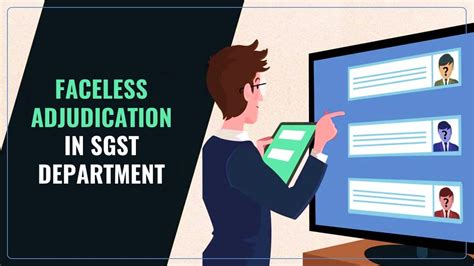
Say Goodbye to In-Person GST Hearings: How Will the Faceless Adjudication System Work?
1. Random Allocation of Cases
One of the key features of the faceless adjudication system is the random allocation of cases to adjudicating officers. This approach eliminates jurisdictional bias, ensuring that no taxpayer is treated unfairly based on where they are located or the officer they encounter. The system ensures that each case is handled impartially, leading to more consistent and fair decisions across the board.
2. Virtual Hearings: Convenience at Your Fingertips
Taxpayers will no longer need to take time out of their busy schedules to travel for hearings. Instead, they can attend hearings online from the comfort of their homes or offices. This is particularly helpful for business owners or individuals with tight schedules who would otherwise have to take time off work for physical hearings. Virtual hearings also reduce the stress of attending hearings in unfamiliar locations.
3. Digital Submissions: No More Paperwork
Gone are the days of submitting documents in person or by post. The faceless adjudication system allows taxpayers to submit their documents digitally. This streamlines the entire process, making it faster and more secure. Whether you’re submitting invoices, legal documents, or any other paperwork, everything can be done online, ensuring transparency and accountability.
4. Faster Resolution of Cases
Another major benefit of the new system is the speed with which cases will be processed. With a digital infrastructure in place, adjudicating officers can handle cases more efficiently, reducing delays. This system will also allow for a better distribution of cases, ensuring that no officer is overwhelmed by a backlog of work, thus speeding up the decision-making process.
What are the Benefits of Faceless Adjudication?
1. Time-Saving
For most people, time is money. The faceless adjudication system reduces the time taken for hearings. You can submit your documents online, attend hearings virtually, and get decisions faster. No more waiting for weeks to hear back from the tax department or dealing with long, inconvenient travel.
2. Reduced Costs
Not only does the system save time, but it also reduces travel costs and other expenses associated with in-person hearings. Business owners can handle tax matters from anywhere, without having to factor in the cost of traveling to a distant city or state.
3. Fairer Tax System
The random allocation of cases ensures that the process is fair and free from bias. Whether you’re a small business or a large corporation, the faceless adjudication system treats all taxpayers equally, based on the merits of their cases.
4. More Transparency
All submissions, hearings, and decisions will be documented digitally, providing a clear trail of what has happened. This increased transparency ensures that taxpayers have a record of every interaction and decision, which can be referred to in case of any disputes.
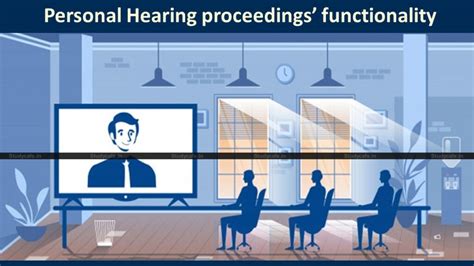
What’s Next for Digital Transformation in Taxation?
The introduction of the faceless adjudication system in Kerala is just one example of the growing trend toward digital tax systems across India and the world. Similar moves have been seen in Income Tax and Customs Departments, where virtual GST hearings and digital submissions are becoming the norm. This shift is part of a broader effort to improve efficiency and taxpayer satisfaction in tax administration.
In the future, we can expect even more automation and AI in tax-related processes, including AI-driven audits, real-time document verification, and even more personalized taxpayer services. Governments across the globe are increasingly recognizing the need to move away from traditional paper-based, in-person processes toward digitally empowered tax systems that are faster, cheaper, and more accessible.
